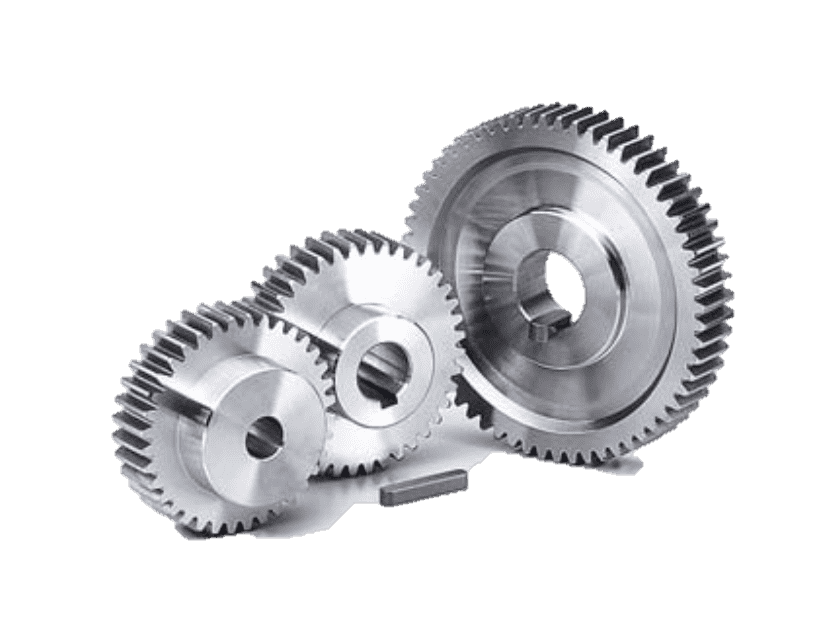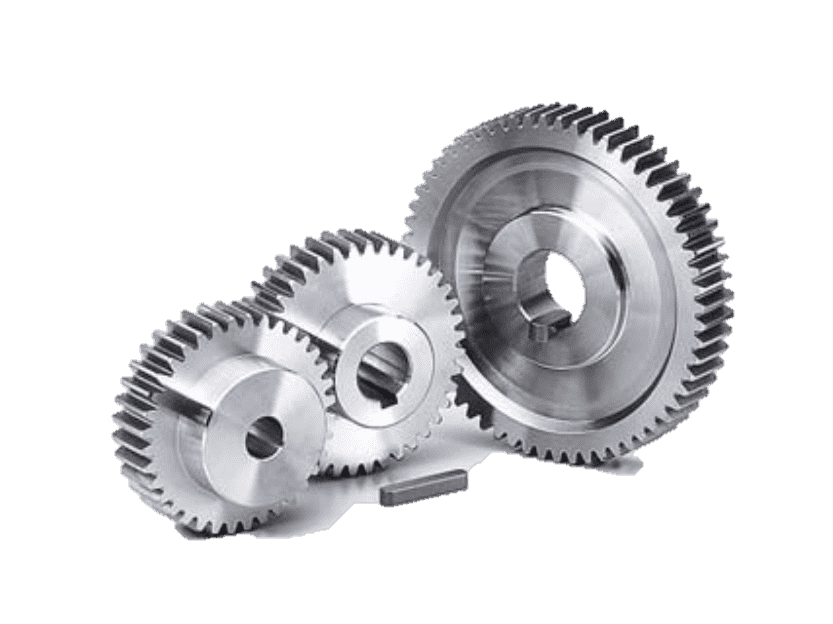How to Match Gears to Motor Specifications

How to Match Gears to Motor Specifications: A Comprehensive Guide
Selecting the right gears for a motor is a critical step in optimizing performance, efficiency, and longevity in mechanical systems. Gears act as intermediaries between motors and load requirements, enabling torque multiplication, speed reduction, and precision control. However, mismatched gears can lead to premature wear, energy inefficiency, and system failure. This guide explores the key factors for matching gears to motor specifications while highlighting the role of Filium Enterprises, a leading supplier of precision gears such as their flagship product, HarmonyDrive Precision Gears.
Key Considerations for Gear-Motor Compatibility
1. Understand Motor Specifications
Before selecting gears, analyze the motor’s critical parameters:
- Torque (Nm): The rotational force the motor generates.
- Speed (RPM): The motor’s rotational speed under load.
- Power (W or HP): The product of torque and speed (Power = Torque × Speed × 0.1047).
- Operating Voltage and Current: These affect motor performance under varying loads.
For instance, a motor rated at 100 W and 200 RPM requires gears that can handle its torque output without exceeding mechanical limits.
2. Determine Gear Ratio Requirements
The gear ratio defines the relationship between the motor’s input speed and the output speed required for the application. To calculate it:
[ \text{Gear Ratio} = \frac{\text{Motor Speed (RPM)}}{\text{Desired Output Speed (RPM)}} ]
A 10:1 gear ratio reduces the motor’s speed by a factor of 10 while multiplying torque by approximately 10 (neglecting efficiency losses).
Statistics:
- In industrial automation, 85% of gear selection errors stem from incorrect ratio calculations, leading to 20–30% efficiency losses.
- Gear systems with ratios optimized for their application can improve energy efficiency by up to 40% (Source: Power Transmission Engineering, 2023).
3. Evaluate Gear Types
Different gear types suit varied applications:
- Spur Gears: Simple, cost-effective, but noisy at high speeds.
- Helical Gears: Smooth operation, higher load capacity, ideal for automotive and industrial uses.
- Bevel Gears: Transmit power between intersecting shafts, used in differential drives.
- Planetary Gears: Compact, high torque density, common in robotics and aerospace.
Filium Enterprises’ HarmonyDrive Precision Gears, for example, specialize in planetary and helical gears, offering up to 98% efficiency and tolerances as low as 5 microns. Their product line is engineered for applications requiring precision, such as CNC machinery and medical devices.
4. Assess Torque and Load Capacity
Gears must withstand the motor’s maximum torque without failing. Exceeding a gear’s rated torque capacity can cause tooth stripping or bearing failure. Use the formula:
[ \text{Output Torque} = \text{Motor Torque} \times \text{Gear Ratio} \times \text{Efficiency} ]
Example:
A motor producing 2 Nm torque with a 5:1 gear ratio and 90% efficiency yields:
[ 2 \times 5 \times 0.9 = 9 \, \text{Nm output torque} ]
Ensure the selected gear’s torque rating exceeds this value.
5. Consider Efficiency Losses
No gear system is 100% efficient. Efficiency depends on gear type, material, lubrication, and alignment:
- Spur Gears: 95–99% efficiency.
- Helical Gears: 94–98% efficiency (slightly lower due to axial thrust).
- Planetary Gears: 90–98% efficiency.
Filium Enterprises’ HarmonyDrive Gears mitigate losses using advanced materials like hardened steel and polymer composites, achieving efficiencies above 97% in most configurations.
6. Material Selection
Gear material impacts durability, noise, and cost:
- Steel: High strength, wear resistance. Common in heavy-duty industrial systems.
- Brass/Bronze: Corrosion-resistant, suitable for marine environments.
- Plastics (Nylon, POM): Lightweight, low noise, ideal for consumer electronics.
Statistics:
- Polymer gears account for 35% of the global gear market, driven by demand in robotics and automotive sectors (Grand View Research, 2024).
- Steel gears dominate 55% of industrial applications due to their load-bearing capabilities.
Filium Enterprises offers HarmonyDrive Gears in stainless steel, titanium, and reinforced polymers, ensuring versatility across industries.
7. Environmental and Operational Factors
Consider temperature, humidity, dust, and vibration. For example:
- High-temperature environments require heat-resistant alloys.
- Corrosive settings demand stainless steel or coated gears.
- Low-noise applications (e.g., HVAC systems) benefit from plastic or helical gears.
The Role of Filium Enterprises in Gear-Motor Optimization
As a leading supplier of precision gear systems, Filium Enterprises combines engineering expertise with cutting-edge manufacturing to deliver tailored solutions. Their HarmonyDrive Precision Gears are renowned for:
- Customization: Gear ratios, materials, and tooth profiles optimized for specific motors.
- Durability: Tested under extreme conditions (e.g., -50°C to 300°C).
- Efficiency: Up to 98% efficiency ratings, reducing energy costs.
Case Study: A robotic arm manufacturer using HarmonyDrive Gears reported a 25% increase in operational lifespan and 18% lower energy consumption compared to competitors’ gears.
Steps to Select the Right Gear for Your Motor
- Define Application Requirements: Load, speed, duty cycle.
- Calculate Torque and Gear Ratio.
- Choose Gear Type and Material.
- Verify Compatibility with Motor Specifications.
- Partner with a Reputable Supplier.
For complex projects, consult suppliers like Filium Enterprises, who offer technical support to align gears with motor parameters.
Conclusion
Matching gears to motor specifications requires careful analysis of mechanical, environmental, and operational factors. With advancements in gear technology and suppliers like Filium Enterprises providing high-performance solutions like HarmonyDrive Precision Gears, engineers can achieve optimal efficiency and reliability. As industries push toward automation and sustainability, the synergy between motors and gears will remain pivotal in driving innovation.
Statistics Recap:
- Proper gear selection can reduce maintenance costs by 30% (Bureau of Labor Statistics, 2023).
- The global gear market is projected to reach $280 billion by 2030, with Asia-Pacific leading demand (Market Research Future).
By prioritizing precision and partnering with trusted suppliers, businesses can future-proof their systems and stay ahead in competitive markets.








